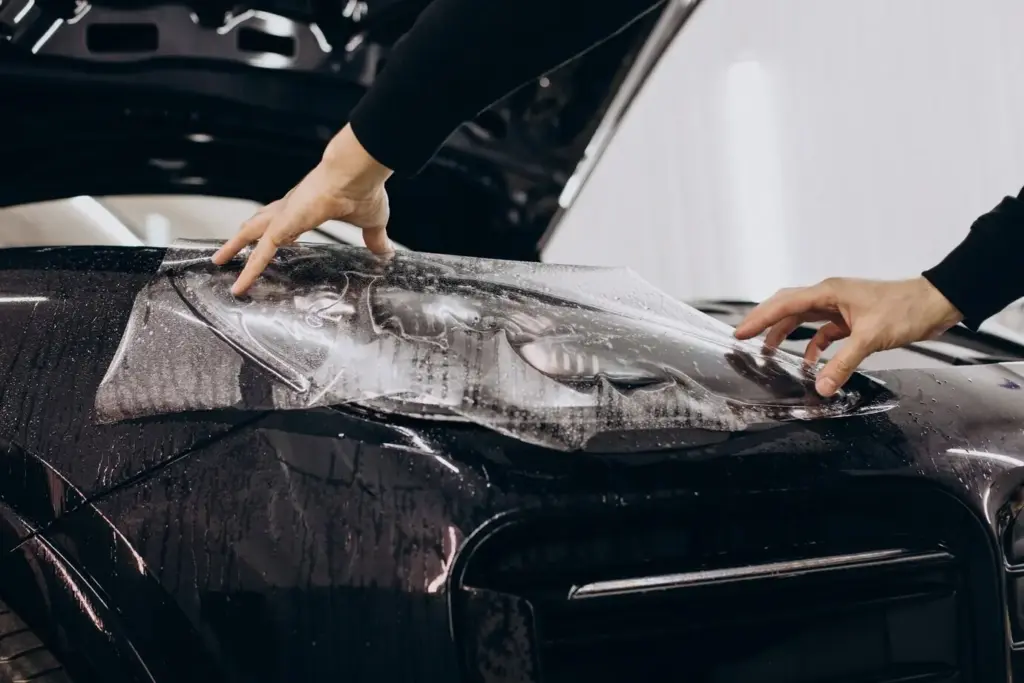Old Walls, New Warmth: Heat Pumps Revitalizing Vintage Homes

What Makes Older Homes Different
Choosing the Right Heat Pump System

Powering Up Without Breaking Walls
Quiet, Solid, and Weather-Proof Outdoor Placement
Distribution, Comfort, and Controls
Installation Process, Permits, and Preservation
Permitting That Speeds, Not Stalls
A complete packet earns trust: site plan for outdoor units, structural notes for mounts, electrical one-line, manufacturer specs, and condensate handling. Inspectors appreciate clear labeling and code references. Early conversations about setbacks, noise ordinances, and flood elevations prevent last-minute redesigns. By treating officials as project partners, homeowners gain faster approvals, fewer corrections, and a smoother path to comfortable, efficient living with fewer surprises along the way.
Historic Exteriors Need Gentle Hands
Choose locations hidden from primary façades, color-match line covers, and use reversible brackets that preserve original materials. Penetrate mortar joints rather than bricks when possible and patch with compatible mortar. Where visibility remains, plantings or lattice can soften views. Inside, route lines behind wardrobes or along shadow lines. These small gestures keep architectural stories intact while quietly introducing twenty-first-century comfort and efficient technology into a beloved neighborhood context.

Costs, Incentives, and Phased Upgrades
